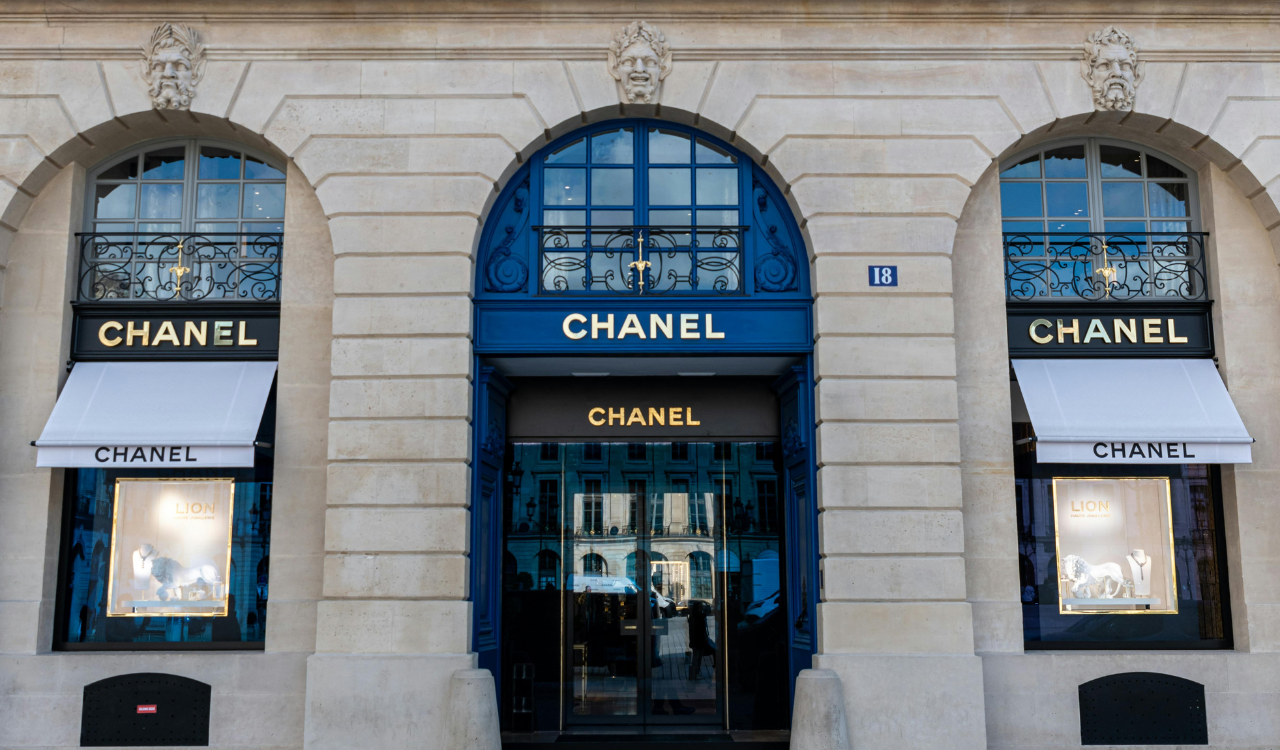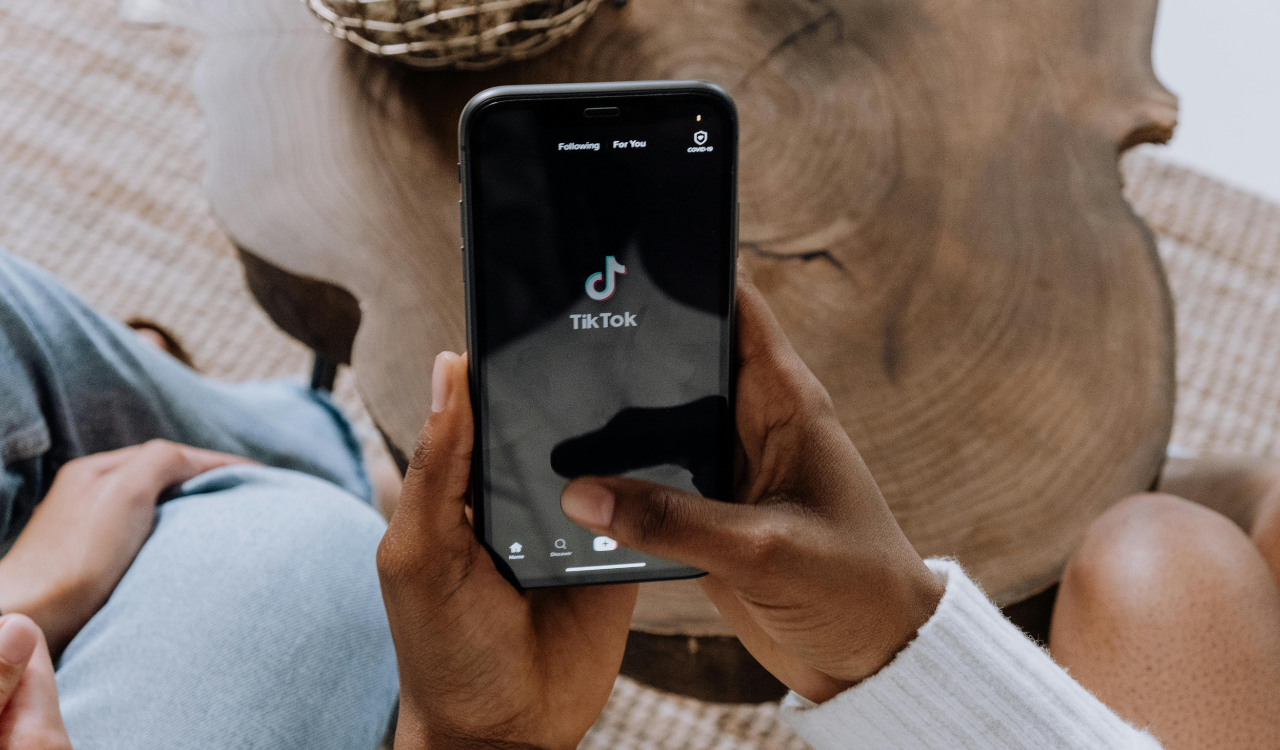Noise Matters
Noise is one of retail’s silent thorns. Constant background music, overlapping announcements, and environmental clamor do more than set a mood. They wear down the sales associates. Employees in high-noise stores report greater fatigue, higher stress, and lower job satisfaction. Over time, this leads to turnover and makes hiring more difficult. Noise is not just an atmosphere issue. It is a retention, productivity, and customer experience problem that directly impacts sales. Retailers invest heavily in design, lighting, and digital engagement, but few measure or manage sound. Yet sound is the backdrop for every customer interaction and every employee shift. Ignoring it means overlooking one of the most pervasive forces shaping retail performance.
A new ASG/Chute Gerdeman + Akoio collaborative report reveals how unmanaged sound accelerates sales associate burnout, frustrates shoppers, and undermines brand value, highlighting why retailers must treat the auditory experience as a strategic asset. Download your free copy of the report here.
Noise erodes trust. When shoppers cannot hear staff clearly, misunderstand promotions, or feel overwhelmed by background clamor, frustration builds. In fashion and specialty retail, where ambiance directly influences spending, the cost of poor sound management is exceptionally high.
Noises Off
Noise is more than an irritation. It is a hidden drain on performance. At Akoio, we have identified noise risks and developed Noise in the Workplace workshops that help clients evaluate auditory environments, reduce unnecessary noise, and create conditions that improve focus, communication, and employee well-being. These sessions consistently show how unmanaged sound reduces productivity, fuels stress, and contributes to workplace dissatisfaction in offices, shared spaces, and hospitality settings.
Retail environments are complex. Stores layer music, announcements, customer chatter, mechanical hum, and outside noise into a constant backdrop that exhausts employees and often frustrates shoppers. Our study quantifies the impact of noise on staff retention, customer engagement, and brand performance. For retailers, understanding how noise operates inside stores provides a new lever to improve productivity, reduce turnover, and strengthen customer loyalty. The joint study produced results that were both expected and eye-opening and confirm what many workers and customers already sense. Noise undermines service delivery, workplace wellness, and customer satisfaction.
- Employees reported difficulty focusing, higher stress, and a noticeable drop in energy as their shifts progressed
- Average store noise levels often exceeded conversational comfort, making interactions unnecessarily difficult
- Peak levels in categories such as fashion approached thresholds tied to auditory fatigue when sustained
- Background music, intended to enhance the brand atmosphere, often competed with other sounds, creating sonic clutter that drained employees and distracted shoppers
Customer Fatigue
The customer experience is also connected to the auditory environment. High noise levels are distracting and make it harder to hold conversations, make product comparisons, or simply enjoy time in the store. The result is shorter visits, lower conversion, and less loyalty. Shoppers in noisy environments are more likely to abandon purchases, avoid specific locations altogether, or migrate to quieter competitors, including ecommerce platforms
Noise also erodes trust. When shoppers cannot hear staff clearly, misunderstand promotions, or feel overwhelmed by background clamor, frustration builds. In fashion and specialty retail, where ambiance directly influences spending, the cost of poor sound management is exceptionally high. In today’s competitive environment, where every retailer is fighting for dwell time and engagement, ignoring auditory health risks means losing ground not only to direct competitors but also to digital channels that offer a quieter, more controlled shopping experience.
Sonic Branding or Sonic Overload?
Sound has long been one of retail’s most powerful branding tools. From iconic jingles to curated playlists, sonic branding shapes identity and builds emotional connection. Done well, it reinforces loyalty and creates a memorable atmosphere. But as Joe Sauer, Founder of EmotiSphere Insights and a leading voice on sonic branding, reminds us: “Sound is the unseen architecture of retail. Design it with intent and it becomes memory and margin; leave it to chance and it becomes fatigue that taxes your brand.”
This underscores the challenge. Without intentional design, sonic branding easily tips into sonic overload. Music layered with announcements, chatter, and mechanical noise dilutes brand equity rather than enhancing it. Instead of elevating the brand, unmanaged sound leaves customers fatigued and employees drained. Despite the clear risks, very few retailers are systematically addressing noise. Unlike lighting or merchandising, there are no industry benchmarks, and almost no brands publicly report on how they measure or manage in-store sound. For now, sound remains the most overlooked dimension of the retail environment.
Noise Management
Noise in retail has long been accepted as part of the environment. Acceptance is no longer an option. The evidence is clear. Unmanaged sound drains employees, frustrates customers, and erodes brand value. The retailers who act will not only solve a problem, but also define a new standard for healthier, more profitable stores for their people and customers. The solutions are not complicated, but they require commitment:
- Calibrate the Soundscape: Set standards for music and announcement volumes. Monitor decibel levels, adjust for comfort, and zone spaces with different sound profiles.
- Invest in Sound Health: Apply acoustical treatments to reduce echo and reverberation. Improve speech intelligibility to support conversations. Introduce inclusive technologies such as Auracast for customers with hearing loss or sensory sensitivities.
- Train Staff: Equip employees to recognize when sound hinders communication and empower them to adjust. Provide training on communicating with customers who have hearing loss or auditory sensitivities.
- Align with ESG Goals: Healthier sound supports employee well-being, customer inclusion, and responsible brand practices. Addressing it is both good business and good governance.
The Business Case for Auditory Intelligence
Sound is not background noise. It is a strategic lever that influences retention, satisfaction, and brand value. Yet unlike lighting, merchandising, and digital engagement, most retailers have not begun to measure or manage it with discipline. This represents both a blind spot and an opportunity. The few who are experimenting, whether through acoustic retrofits, sound masking systems, or curated audio strategies, are outliers, not the norm. For the vast majority, sound remains unmanaged. The winners will be those who act early. By treating auditory experience as a measurable asset, retailers can reduce turnover, improve customer loyalty, and enhance brand equity. Those who ignore it risk leaving a hidden liability untouched.




